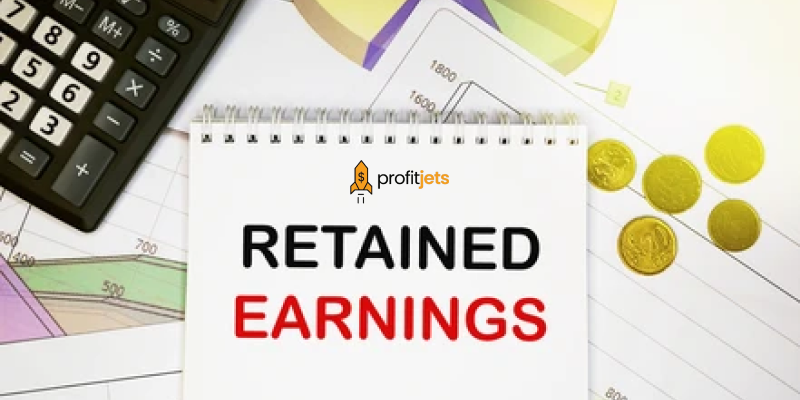The total amount of a company’s profits that are kept aside for reinvestment as opposed to being distributed as dividends to shareholders is known as retained earnings (RE). Instead, these are typically used for debt repayment or for working capital and fixed asset purchases (capital expenditures).
We can also say that the amount of profit a business keeps after paying all of its direct and indirect expenses, income taxes, and dividends to shareholders is known as Retained Profits. This is the percentage of the company’s equity you may utilize. You may use this to purchase new machinery, research and development, and marketing or promotions.
Retained earnings are also referred to as “gathered profits” when they are accumulated over time. Before lending you more money, banks look at your company’s retained earnings.
At the conclusion of each accounting period, retained earnings are shown in the shareholder’s equity portion of the balance sheet. Retained Earnings (RE) are calculated by first adding the initial RE balance to net income (or subtracting it from net loss) and then deducting dividend payments. The changes in RE for a certain period are often summarized in a document called a statement of retained earnings, which is also kept on file.
In Which Financial Statements Are Retained Earnings Shown?
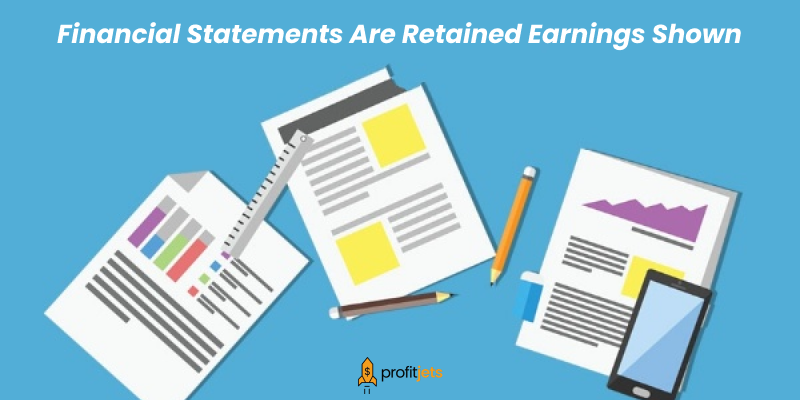
The stockholders’ equity part of the balance sheet contains retained earnings. In the majority of financial statements, the calculation of retained earnings is covered in its entirety. The income statement for smaller enterprises contains the formula for calculating retained earnings.
The stockholder’s equity section of the balance sheet includes retained earnings. It also goes by the name “earning surplus.” In ideal circumstances, a business should keep its profits if it can increase shareholders’ returns through reinvesting gains.
What Is The Use Of Retained Earnings
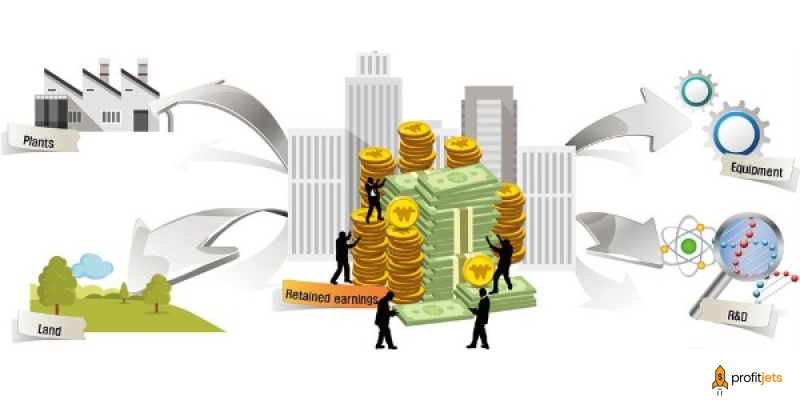
As retained earnings are recorded under shareholders’ equity, which links the income statement and the balance sheet, they are a handy link between the two documents. Retaining these profits can be used for a variety of things, such as investing in new machinery and equipment, doing research and development, or doing other things that might lead to future business expansion. The goal of this investment back into the business is to generate even higher profits in the future.
A corporation may frequently pay retained earnings to shareholders as dividends or engage in share buybacks if it does not think it can generate a satisfactory return on investment from those funds (i.e., earn more than its cost of capital).
What Is The Formula For Retained Earnings?
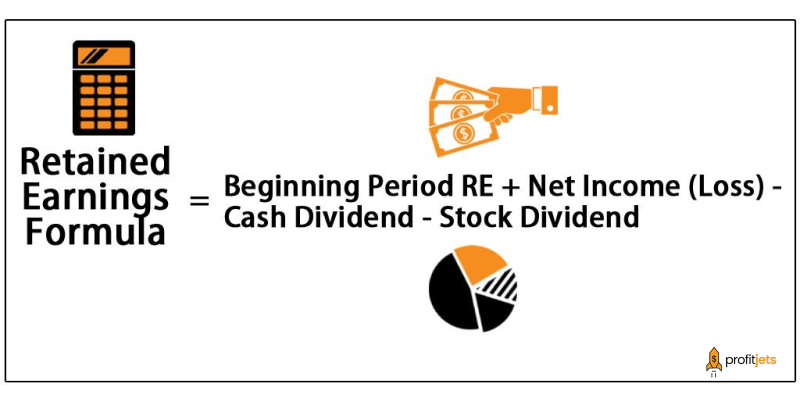
The RE formula looks like this:
RE (Retained Earnings) = Beginning Period RE + Net Income or Loss – Cash Dividends – Stock Dividends
Retained Earnings In The Starting Of The Period:
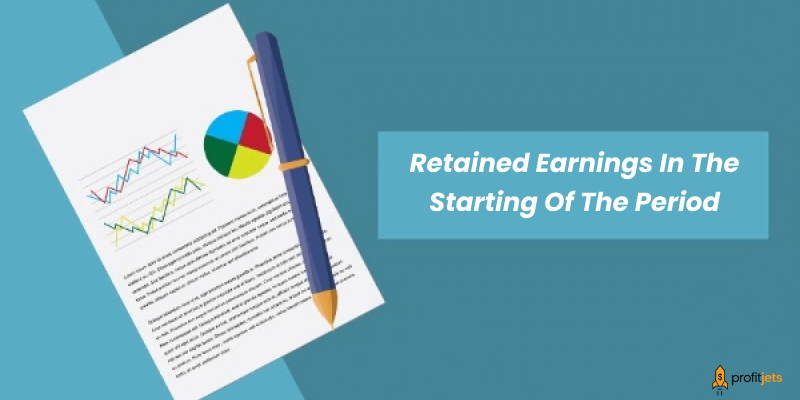
At the conclusion of each accounting period, retained profits are displayed on the balance sheet as the sum of the prior year’s earnings (including the current year’s earnings) and a lower amount of dividends paid to shareholders. The RE ending balance from the previous accounting period will now become the retained earnings beginning balance in the following accounting cycle.
The RE balance might not always be a positive value because it could indicate that the net loss for the current period is more than the RE beginning balance. In contrast, it could become negative if a sizable dividend distribution exceeds the retained earnings balance.
Net Income’s Impact On Retained Earnings
Any adjustments or shifts in net income will immediately affect the RE balance. For example, the occurrence of a net loss or growth in net income will open the door to either business profitability or a deficit. In addition, due to significant cumulative net losses, the Retained Earnings account may be negative. Naturally, the same factors that impact net income also have an impact on RE.
These items are a few examples of sales income, cost of goods sold, depreciation, and other operating expenses. In addition, the account is also impacted by non-cash factors like write-downs or impairments and stock-based compensation.
The Effect Of Dividends On Retained Earnings
Dividend payments can be made to shareholders in cash or stock. Both kinds can lower the value of RE for the business. Financial dividends indicate a cash outflow and are reported as reductions in the cash account. As a result, a firm’s balance sheet and asset value are reduced because some of its liquid assets are no longer owned by the company.
Retained earnings indicate the company’s choice to reinvest profits or distribute them as dividends to shareholders, which aids in defining the company’s dividend policy.
However, stock dividends don’t need to be paid out in cash. Instead, they redistribute a portion of the RE to additional paid-in capital accounts and common stock. As a result, the size of the company’s balance sheet is unaffected by this allocation, but the value of stocks per share is reduced.
Earnings Retained at Period’s End
You may find your final Retained Earnings balance for the balance sheet by starting at the beginning of the quarter, adding any net income or net loss, and subtracting any dividends.
Financial Modeling Applications
A different schedule must be used to model retained earnings in financial modeling. The corkscrew calculation used by the schedule sets the current period’s opening balance at the previous period’s closing balance. The current period’s net income or loss is added to the opening balance, and any dividends are subtracted from the closing amount. The schedule’s closing balance also connects to the balance sheet—this aids in concluding the procedure of connecting the three financial statements in Excel. Bear in mind that before extending a loan to a business, banks consider retained earnings.
The type of industry and the age of the business will determine how retained earnings are used. In general, start-ups and sectors that require a lot of capital prefer to keep most of their profits since they use them to expand their operations and buy new assets.
As retained earnings constitute a portion of the company’s profit since its founding, it has been found that older companies have much higher retained earnings than more recently founded companies.
The Final Wrap
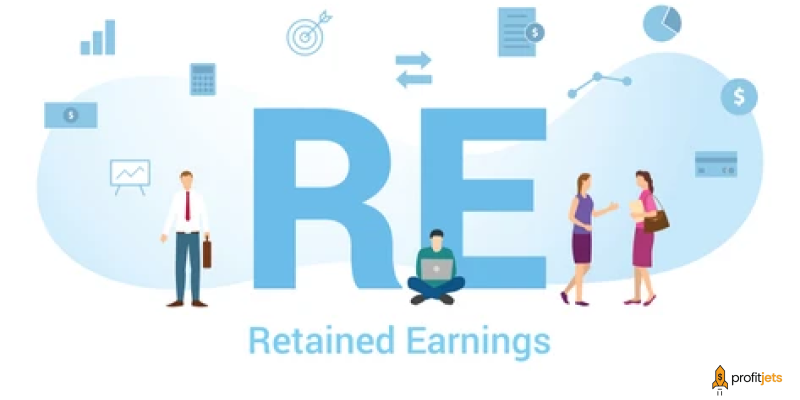
So, this was all about Retained Earnings. But, if you also want services relating to your stock, you should consider Profit Jets. Profit Jets offers expert bookkeeping, tax, accounting, and advisory services to help your business comply with all regulations and meet its goals. So what are you waiting for now? Call Profit Jets right away.

